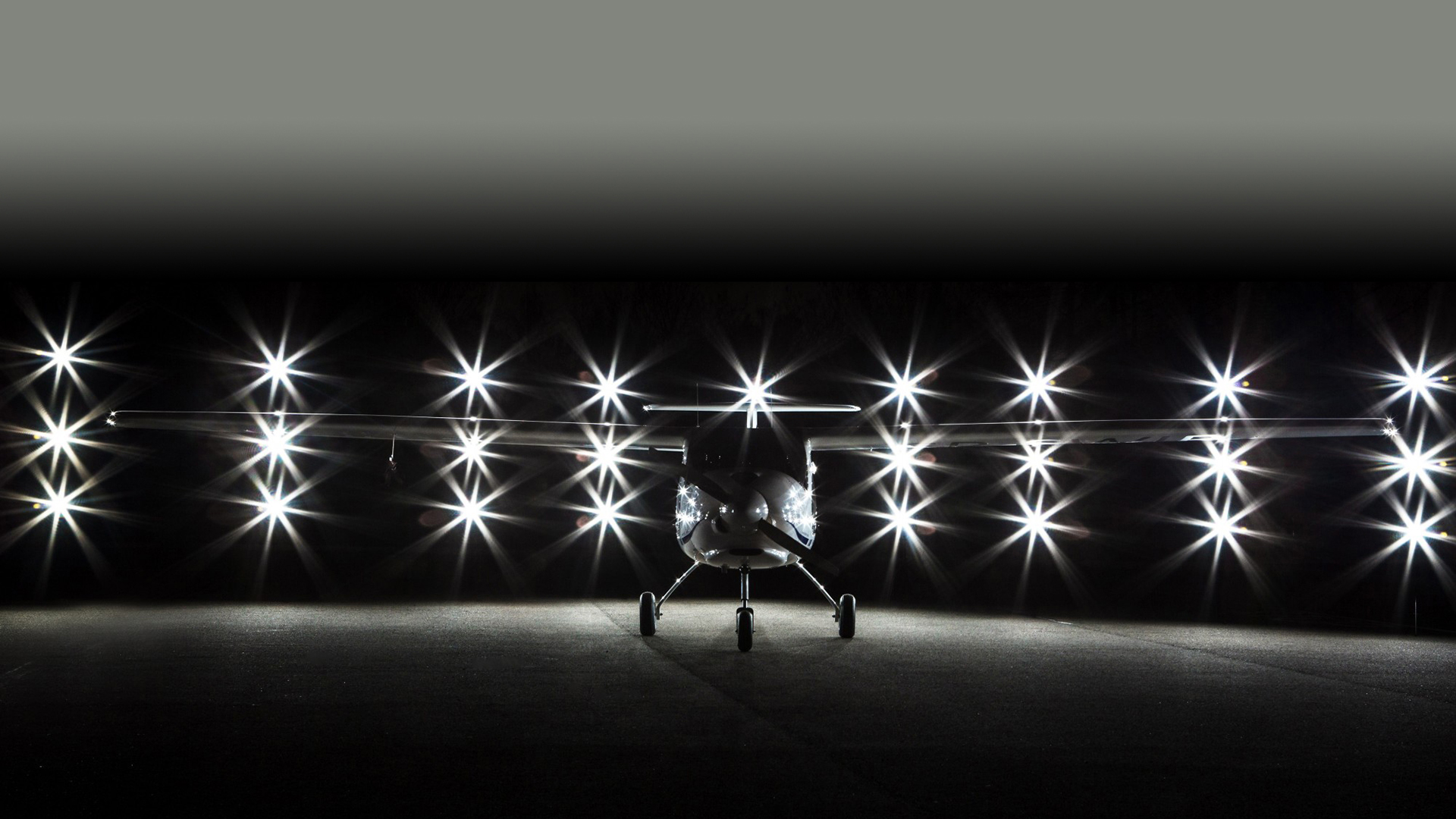Panthera successfully completed spin testing
Panthera successfully completed spin testing
We are very happy to announce that despite the awful weather this year (we might be better off making boats with all this rain!) we nevertheless managed to complete all the flights according to the spin-test program for the Part-23 certification of Panthera.
The Pipistrel design team did a fabulous job - Panthera behaves just as expected in all configuration settings that CS-23 and FAR-23 design codes mandate (most front and back center of gravity, all flaps positions, gear extended and retracted, with engine power idle or full, with full or asymmetrically empty fuel tanks, etc.).
The spin test campaign was a total success!
Ivo Boscarol, CEO of Pipistrel says: "The tests revealed that no modifications to the airframe are necessary, no adaptations to the already designed production tooling or to mold-lines. The fact that no other on-board systems require any interventions is a testament to this fantastic design. It is remarkable, but even after a full ten-turn spin, Panthera recovers in less than one additional turn just by releasing all controls!"
The spin-tests alone accumulated more than 50 flight hours, all logged using state of the art equipment and cameras. Every spin case also included a chase plane for external monitoring, while Panthera was equipped with three different parachutes (the tail-mounted spin-test parachute, pilot personal parachute and full airframe ballistic rescue system.) All doors were equipped with pyrotechnic jettison mechanism. We take safety very seriously!
Our team was so delighted by the splendid test results that they decided to make a video (see below) and share their joy with you.
Enjoy the result of the Pipistrel "safety first" philosophy!
**
**
Why ten turns?
Panthera is to become a full Part-23 (FAR-23 and CS-23) certified airplane under the "Utility", not "Normal" category. This calls for spin testing a fully developed spin of at least 6 full rotations before recovery is initiated. Tested were all combinations of front/aft cg, lateral cg cases (various asymmetric cases of one fuel tank containing more fuel than the other, flaps and landing gear positions, idle, 75% and full engine power.) All cases proved to be non-problematic, thus we decided to go the extra mile. Pipistrel doesn't just recognize the standards and fulfill the minimum level of safety - we want to be a lot better than the minimum! The above video was recorded once the minimum test were passed and we were absolutely certain that all spin cases are safe - and then we went a step further. We expanded the testing for spins to 10 rotations, which happens to be the norm for aerobatic aircraft, although Panthera was never conceived to be one. It was however designed to be superbly safe, and the spin test campaign proved this aspect of safety very well. To demonstrate a 10-turn spin is not necessary for certification, but we chose to do it because of our commitment to extra safe products.

A screen-grab from our engineering video / flight test logging equipment.
During the test campaign it was discovered that regardless of the aircraft configuration, spins always fully develop at latest by the 3rd rotation. Once it passes 3 rotations, it is the same if it spins for 4, 6, 10 or 20 rotations. Panthera always recovers using standard technique, with less than 1 turn delay - well inside certification norms. A 10-turn spin at high altitude, which is what the video shows, is a straight-forward and absolutely safe maneuver for the Panthera.
This is a step further in aircraft design and flight safety! In the Panthera, spinning is not a dreadful maneuver, instead it is easily recoverable (at safe altitude, of course) and no pilot should be afraid of it .
There are already some really good and amusing media responses!
Popular Science: http://www.popsci.com/article/technology/watch-panthera-airplane-spin-under-control



